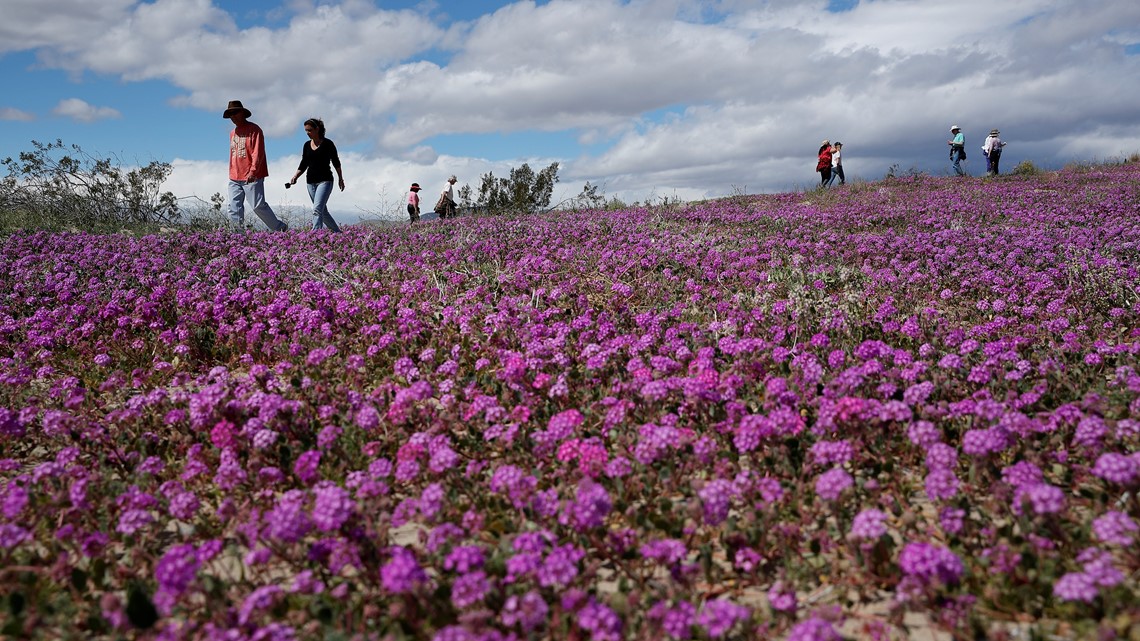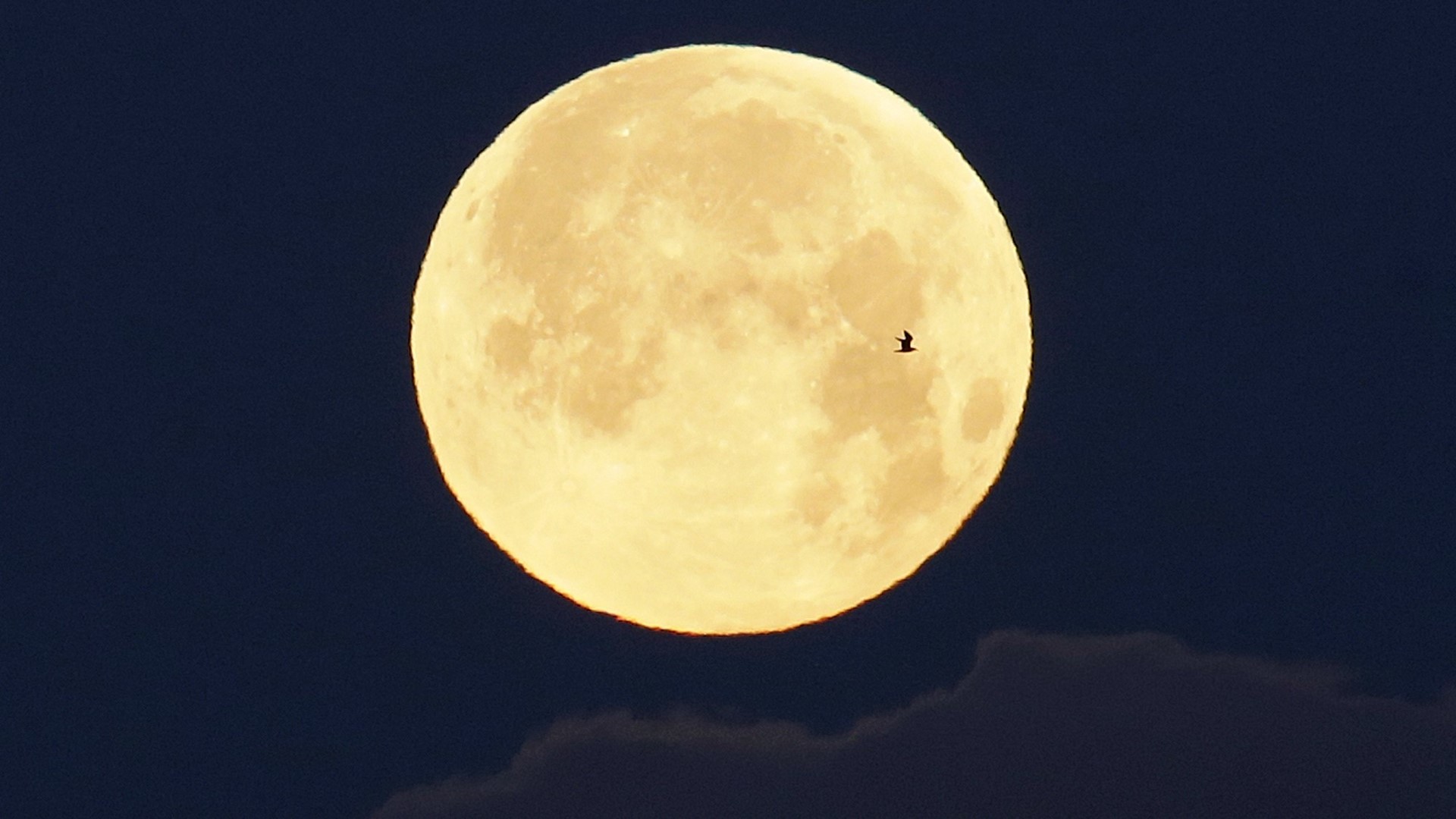No, we’re not talking about a cotton candy or bubble gum looking sphere in the sky, but a regular full moon. So, what’s with the name? This particular full moon gets its name from the lunar calendar, according to the Farmers’ Almanac.
You see, before the Julian or Gregorian calendar, the lunar calendar was used to mark the time of the year by Native Americans. This full moon in spring happens to be called the pink moon due to the first spring flowers blooming. Those flowers, wild ground phlox, are pink. In May, the full moon will be “Full Flower” and in June, “Full Strawberry.”


Thursday night you can see the full pink moon in all its glory. It will appear larger than normal due to the time of year. Earth’s orbit is in perigee, meaning it’s closest to the moon. If you happen to miss it on Thursday, Friday should still be beautiful… depending on the weather where you are.
Now, you may be asking, does the full moon coincide with Easter? Well, yes and no. Easter Sunday is all dependent on the full moon. Easter always falls on the first Sunday after the full moon. Easter, however, doesn’t contribute to the hue or the name.
So, could we ever see a pink moon? Well, it’s a possibility. Depending on atmospheric conditions, like haze, smoke, clouds, or particulate matter, the light may be scattered in just the right way that the moon appears a shade of pink. In the past, red, orange and yellow moons have all been seen, especially after wildfires, or when there are hazy skies.
Continue the conversation with Carley on Facebook.
________________________________________________________________

